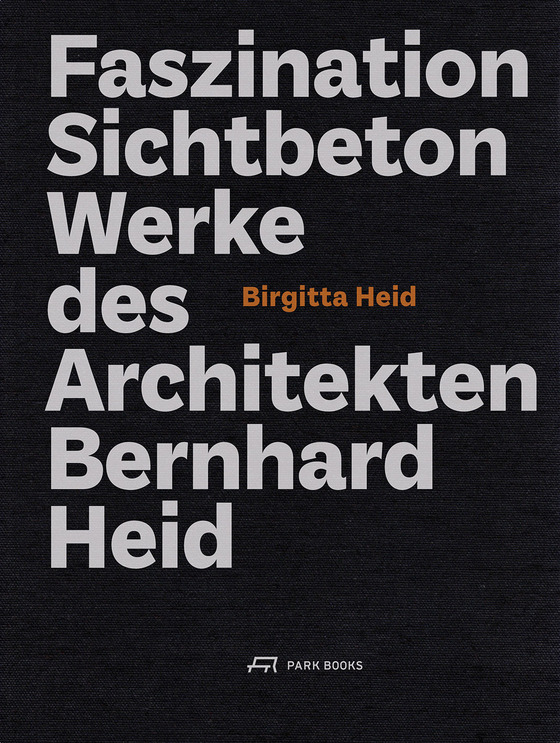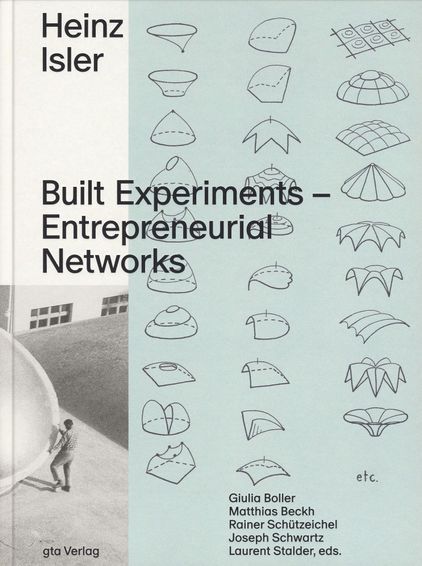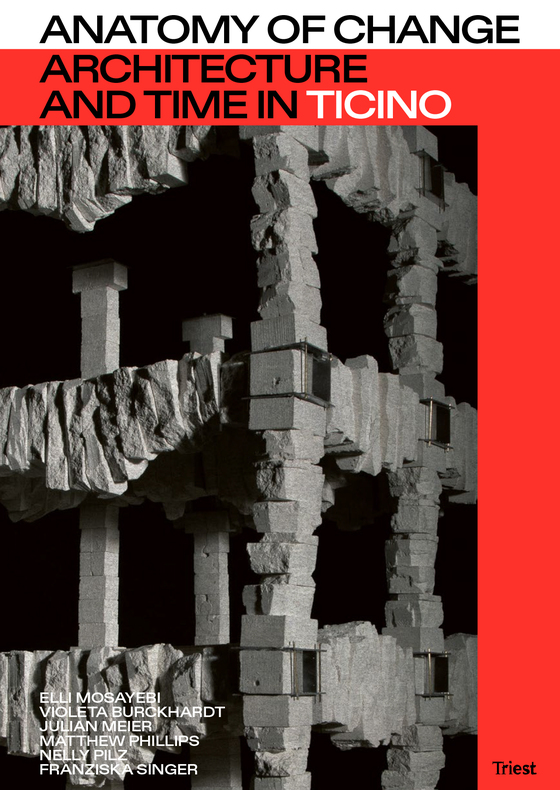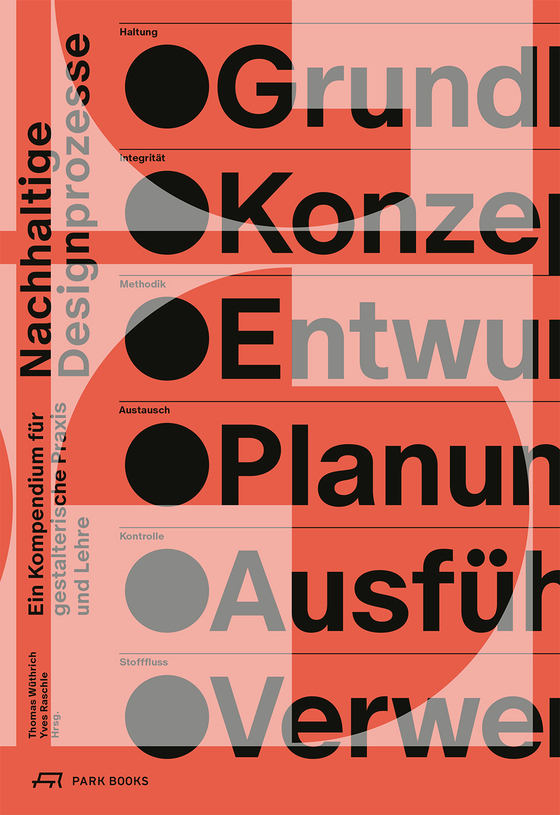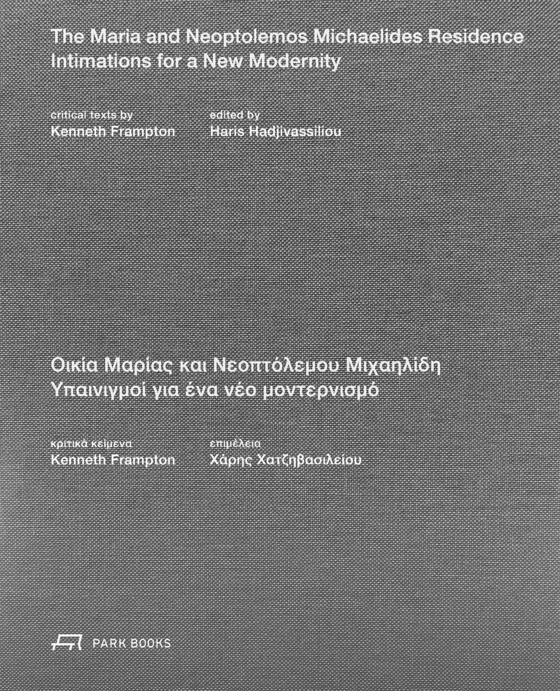Kazuo Shinohara – 3 Houses
House in White, House in Uehara, House in Yokohama
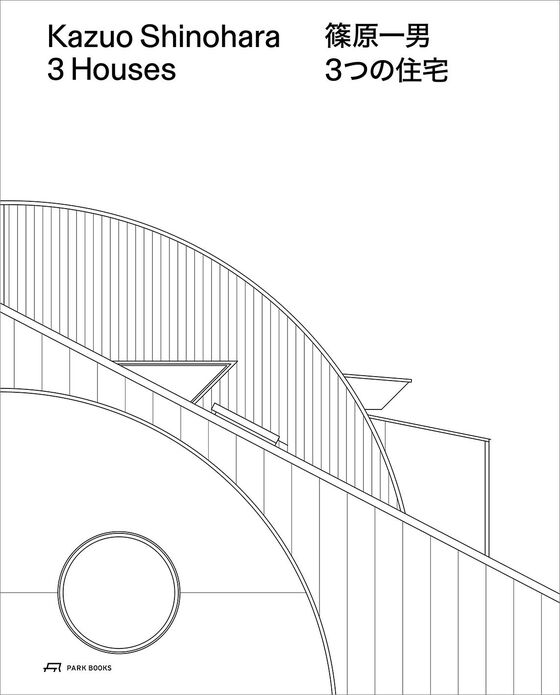
«Manche Bücher liebt man für ihre poetische Kraft, andere für die brillanten theoretischen Ideen, wieder andere für ihre ästhetische Aufmachung. Nur wenige schaffen es, alle diese Aspekte in sich zu vereinen. Hier ist dies gelungen.» Alexander Stumm, BauNetz, zur Erstausgabe von 2019
Buch, Herausgegeben von Christian Dehli, Andrea Grolimund, 23.12.2025
